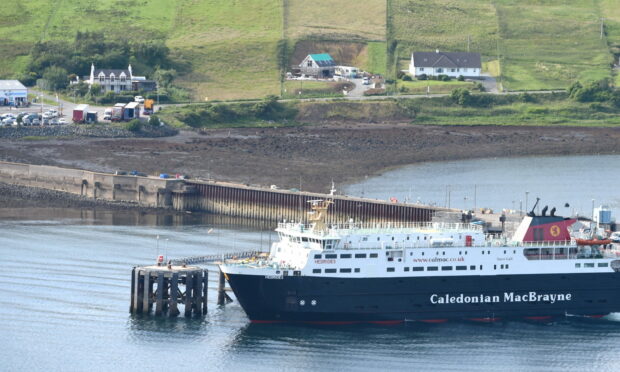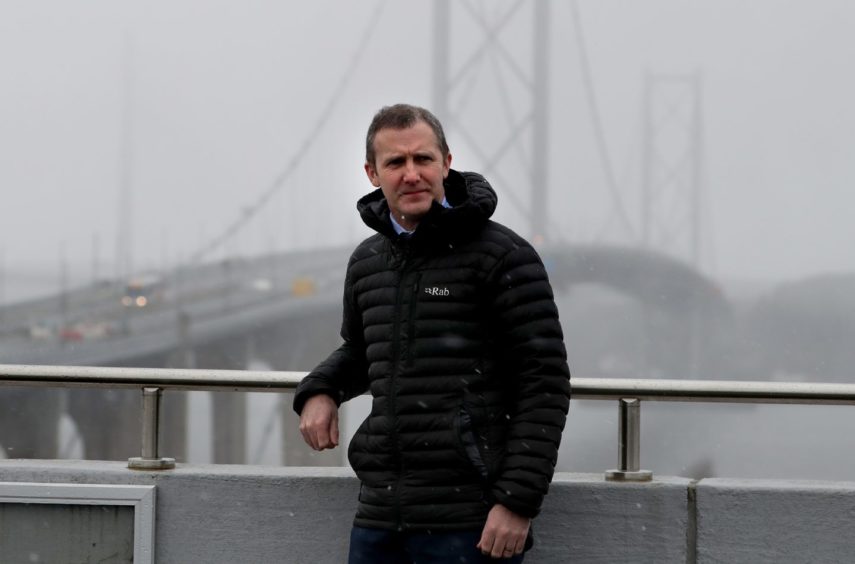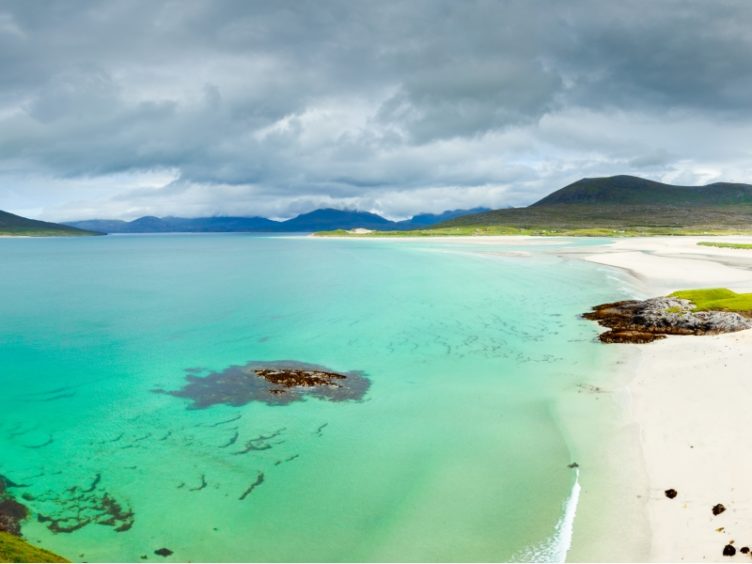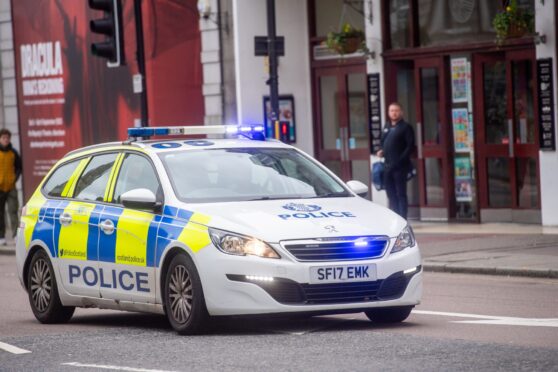A ban on tourists using ferries to travel to the Scottish islands for holidays could remain in place for several months, it has emerged.
Transport Secretary Michael Matheson said that many services, particularly those operated by larger CalMac vessels, may need to continue to limit access to only island residents and key workers for a “longer period of time”.
He said capacity on some ferries was likely to remain constrained, at about 18% of usual levels, long after bus and train services have been ramped up across the country.
And the minister suggested the restrictions on ferries could remain in place for as long as social distancing measures are advised by experts.
“Restrictions that we may want to have on ferries wouldn’t apply to bus and rail, but we may want to keep in place on ferries for a longer period of time, if that is the clinical advice we receive and also the view of island authorities,” Mr Matheson said.
Designed to halt the spread of the coronavirus to remote communities, and protect spaces for islanders on scaled-back ferry services, the move could potentially pave the way for a greater relaxation of lockdown restrictions on the islands before the mainland.
But fears have already been raised that it would effectively extend the “shutdown” of the local tourism sector, leaving businesses unable to try to mitigate their losses by taking advantage of an anticipated rise in “staycations” by UK holiday-makers later this year.
Rob McKinnon, chief executive of Outer Hebrides Tourism, said: “There is no point in the industry opening unless our visitors can get there.
“And if the cabinet secretary is saying that visitors can’t get there, the effect is extending the shutdown of the industry.”
The tourism industry is expected to be among the hardest hit by the pandemic, with some analysts expecting a recovery to take “several years“.
However, visitors flouting lockdown rules to travel to rural beauty spots has been a source of controversy across Britain during the coronavirus crisis, amid fears they risked spreading the disease to areas with limited hospital capacity.
The Scottish Government’s “route map” for easing lockdown restrictions said that there could be “geographical differences” in phases two and three in relation to transport.
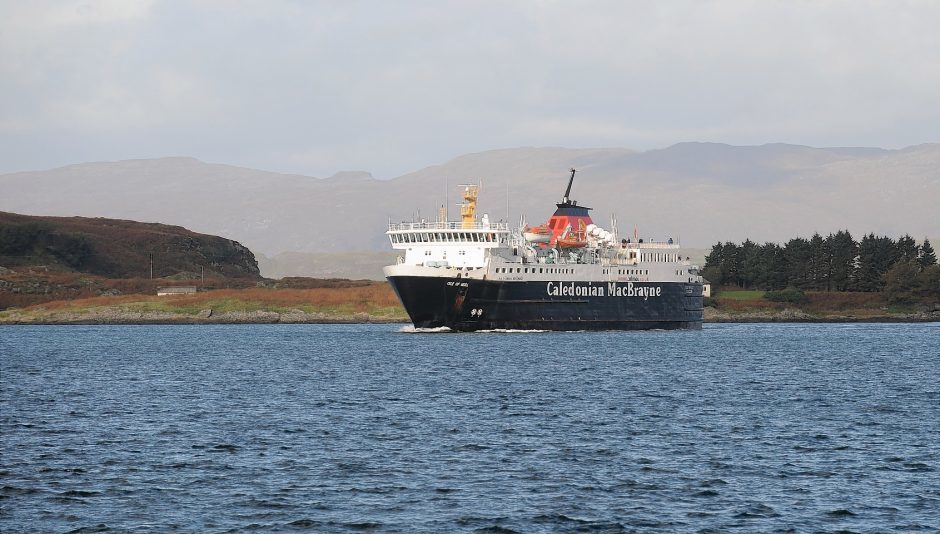
Mr Matheson this week unveiled a transition plan aimed at rebuilding confidence in public transport in the wake of the pandemic, which has slashed demand by up to 95%.
The document said that the impact of social distancing rules could mean a reduction to only 18% of normal passenger carrying capacity across the CalMac network, and of 15% to 20% on Serco NorthLink vessels.
It added that there could be a “significant impact on timetables given the need for longer turnarounds at some ports”.
In an exclusive interview, Mr Matheson has now confirmed that ferries could remain at the lower capacity level for longer than other parts of the transport network.
“We may have to move at a different pace for different modes of transport in different parts of the country,” he said.
“So, for example, as we start to ramp up rail and bus services again, it will take a number of weeks and months to get them back up to what would be viewed as being a normal service frequency, back to a normal timetable.”
“However, we look at areas such as ferries, it may be that the way in which we ramp up services, and the way we deliver ferry services, we may want to do that in a different way, recognising that there remains an issue about limiting access to our island and remote communities, because of the potential risk that it could create for Covid-19.
“So it may be that we will take a different approach in areas such as ferries, if there is a need from a public health perspective, to continue to restrict access to who can make use of ferry services, in the way which we have at the present time.”
He added: “Even if we start to ramp up the ferry timetable, it may be that we continue to have a level of restriction on who can make use of ferry services, to try to help to manage the limited capacity that will be available, but also as part of any management of the disease as well.”
Until clinically we are advised that the restriction around physical distancing is no longer needed to be applied, these restrictions will remain in place across all aspects of our public transport system.”
Michael Matheson
Asked if ferry services might not resume to pre-virus levels until a vaccine is found, Mr Matheson said: “This will continue for the duration of the period of time when physical distancing would need to remain in place.
“So until clinically we are advised that the restriction around physical distancing is no longer needed to be applied, these restrictions will remain in place across all aspects of our public transport system.”
First Minister Nicola Sturgeon has previously suggested that some form of social distancing could be in place until next year.
Ferries travelling to the Northern Isles are expected to be able to operate at a higher capacity, because they have cabins, while smaller vessels that allow passengers to remain in their cars would also be less affected than larger CalMac-run routes.
